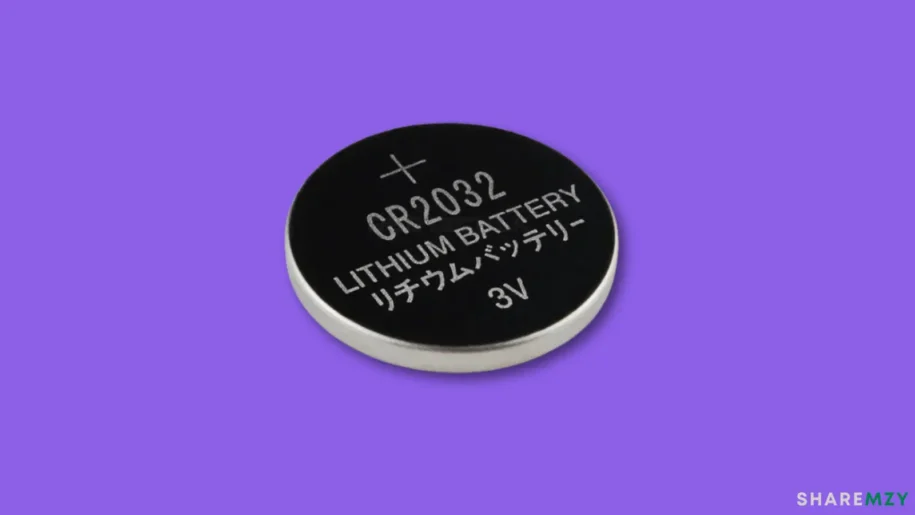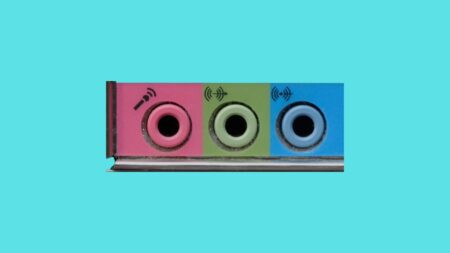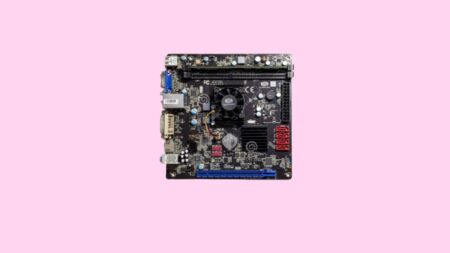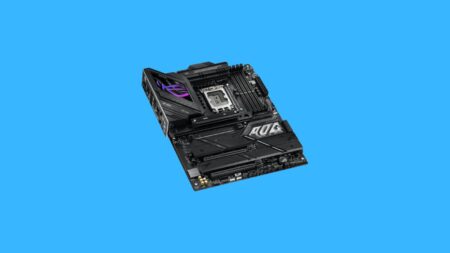
A CMOS battery is a small, coin-shaped lithium cell located on a motherboard that powers the CMOS chip. This chip is responsible for storing critical system settings such as BIOS configurations, the system date, and time. The CMOS battery ensures that these settings remain intact even when the computer or laptop is powered off. Without this battery, these settings would reset to their default state each time the computer starts up.
Both laptops and desktops rely on a CMOS battery to preserve system settings. In a desktop PC, the battery is typically located near the BIOS chip on the motherboard, whereas in laptops, it is often integrated into the system board, which may require more disassembly to access. Although a computer can run without the CMOS battery, it will not save any settings, leading to the need to manually reconfigure the system on each startup.
When selecting a motherboard, understanding features like CMOS battery placement and accessibility is crucial, as highlighted in how to choose the right motherboard.
Key Facts About a CMOS Battery:
- Type: Typically a CR2032 lithium coin cell, commonly used in both PCs and laptops.
- Lifespan: Lasts approximately 5–10 years, depending on the system’s usage and the battery’s quality.
- Role: Powers the CMOS chip, which stores important BIOS settings, including system time and date.
- Usage: Found in desktops, laptops, and servers, ensuring continuous storage of essential settings.
What does a CMOS battery do on a motherboard?
A CMOS battery on a motherboard plays a crucial role in maintaining various system settings even when the computer is powered off. While it is commonly associated with keeping track of the date and time, its functions go far beyond that. The CMOS battery powers the CMOS chip, which retains important system settings such as BIOS configurations, hardware settings, and more, ensuring that they are preserved between reboots.
Here are the main tasks that the CMOS battery handles on a PC:
Supports Power Management: It retains power management settings like energy efficiency and sleep mode preferences, allowing your PC to maintain consistent behavior regarding power-saving modes.
Stores BIOS Settings: The battery helps save critical configurations such as the boot sequence, system preferences, and hardware settings, ensuring they are not lost during a power shutdown.
Keeps Time and Date: It maintains an accurate system clock, preventing the need to reset the time every time you boot up the system.
Retains Hardware Settings: The CMOS battery stores essential information about connected devices, such as hard drives, peripherals, and external devices, allowing the system to properly recognize them after reboot.
How long does a CMOS battery usually last?
A CMOS battery typically lasts between 5 to 10 years, depending on various factors such as system usage, design, and environmental conditions. Its main role is to power the CMOS chip, which stores important system settings like the BIOS configuration and system time when the computer is powered off.
How can I make a CMOS battery last longer?
To extend the lifespan of your CMOS battery, you can adopt several practices that help reduce unnecessary wear and tear:
- Unplug Unnecessary Peripherals: If your system has peripherals that are not in use, unplugging them can reduce overall power consumption. This can help minimize the workload on the CMOS battery.
- Regularly Use the PC: Keeping your computer powered on or in use for regular periods reduces the need for the CMOS battery to maintain settings. A system that is frequently turned off for long periods can drain the battery faster.
- Avoid Excessive Power Cycles: Turning the system on and off repeatedly can put stress on the CMOS battery. It’s better to leave the system on or in sleep mode if possible, rather than shutting it down frequently.
- Maintain a Stable Environment: Extreme temperatures (both hot and cold) can damage the CMOS battery. Keep your PC in a stable environment with moderate temperature to help preserve the battery’s life.
- Use Quality Batteries: Opt for high-quality CR2032 lithium coin cells (or the specified type for your motherboard) to ensure a longer lifespan. High-quality batteries perform better and last longer than cheaper alternatives.
What are the signs of a dead CMOS battery?
A dead or failing CMOS battery can cause several issues related to the BIOS settings and system configuration. Here are the common signs that indicate your CMOS battery needs replacement:
- Incorrect Date and Time: If your computer’s date and time reset every time you turn off or restart the system, it could be a sign of a dead CMOS battery. The battery powers the system clock, and without it, the system will lose time settings.
- BIOS Settings Reset: Custom BIOS configurations, such as boot order, CPU settings, or overclocking settings, may reset to default values every time the system restarts. This happens because the CMOS chip no longer stores these settings without battery power.
- Boot Errors: You may encounter error messages like “CMOS Checksum Error” or “CMOS Battery Failure” during startup. These errors typically appear when the BIOS cannot retain the necessary settings, such as the date, time, or hardware configuration.
- Hardware Detection Issues: If your system frequently fails to detect connected devices like hard drives, RAM, or peripherals, it could indicate a problem with the CMOS battery. The motherboard might not be able to store hardware settings properly without the battery.
- Frequent Beeping: A motherboard may emit beep codes (depending on the BIOS) to signal configuration problems or hardware issues. A dead CMOS battery can sometimes trigger a series of beeps, especially during boot, indicating that the system is unable to properly recognize or configure hardware.
How do I replace a CMOS battery?
Replacing a CMOS battery is a straightforward process, but you should be careful not to damage any components. Here’s a step-by-step guide to help you replace the CMOS battery:
- Turn Off and Unplug the Computer:
Shut down your PC and disconnect it from the power source. Also, unplug any peripherals such as the keyboard, mouse, or monitor. - Open the Case:
Use a screwdriver to remove the side panel of your PC case, allowing you to access the motherboard. - Locate the CMOS Battery:
Look for the coin-shaped battery on the motherboard. It’s typically a CR2032 lithium coin cell and can be found near the CPU socket or near the motherboard’s edge. - Remove the Old Battery:
Gently press the latch or clip that holds the battery in place. Carefully pry out the battery, taking note of how it is positioned (the positive side usually faces upward). - Insert the New Battery:
Take the new CR2032 battery and insert it with the positive side (+) facing up. Press it down gently to make sure it’s securely in place. - Reassemble the PC:
Once the new battery is in place, replace the side panel of your case and reconnect all cables and peripherals. - Enter BIOS Setup:
Power on your PC and immediately press the required key (usually Del or F2) to enter the BIOS setup. - Update Settings:
In BIOS, adjust the date and time settings, and make any necessary adjustments to your BIOS configurations that may have been reset. - Save and Restart:
Save the changes in the BIOS and restart your PC. Your CMOS battery is now replaced, and your system should retain the settings properly.


